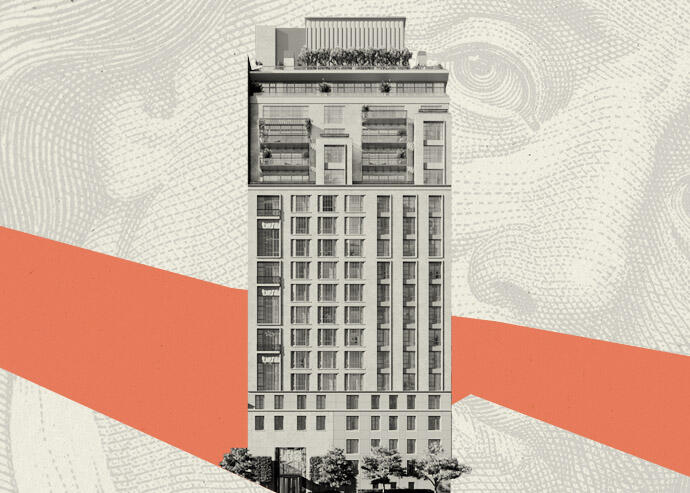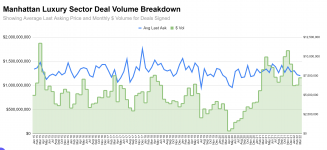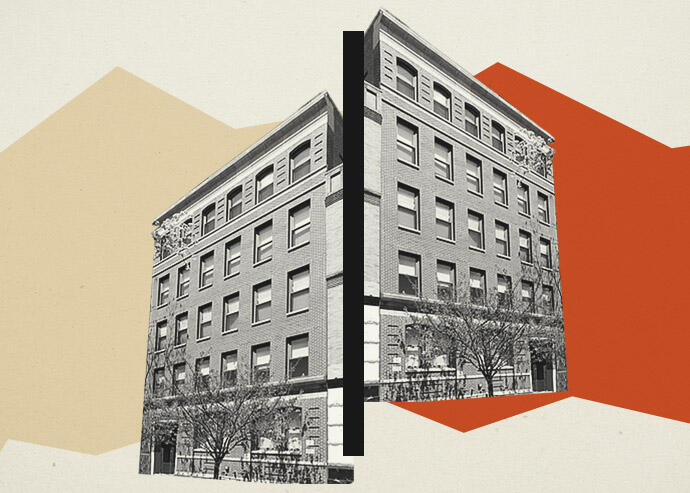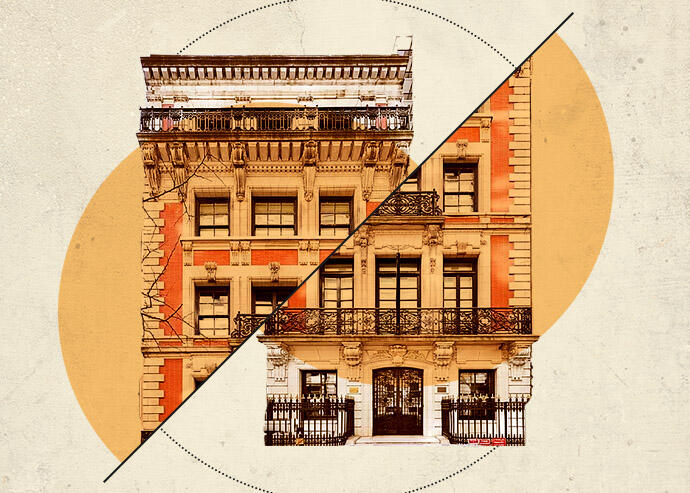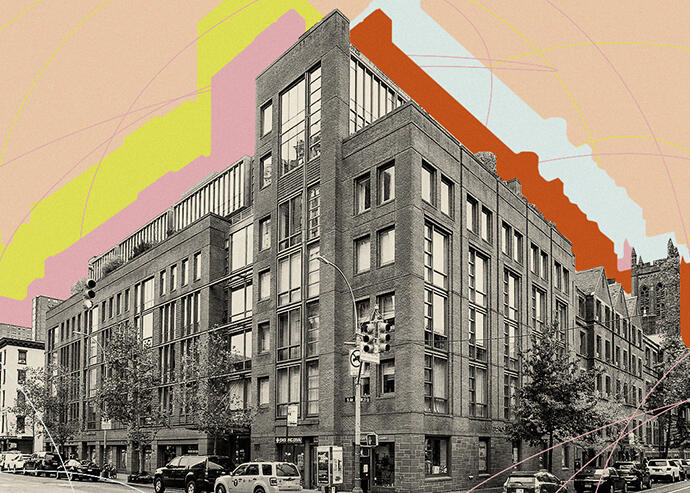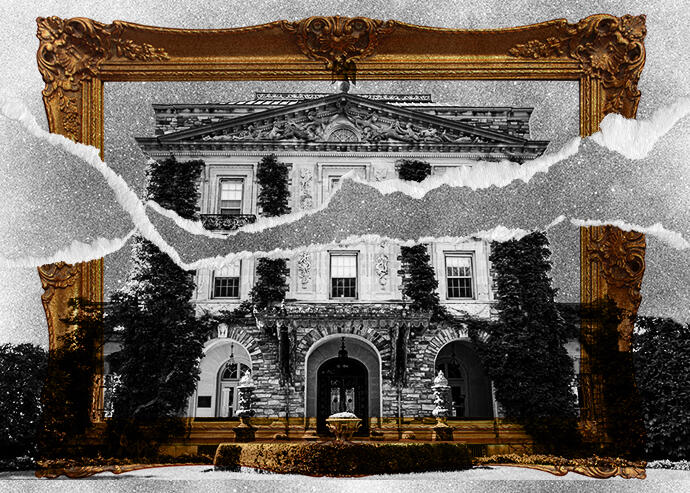I think most prognosticators were predicting that if there was a turn that it would affect luxury less and the lower end more.
At the top of the market, sales of luxury homes across the U.S.
plummeted 28 percent in the three months ending Aug. 31 from the same period one year ago. That’s the biggest such decline in at least a decade — as long as Redfin has been tracking the data. Non-luxury home sales fell 19.5 percent in the same period, a slightly bigger drop than the 19 percent dip recorded when the coronavirus first locked down the U.S.
Redfin data on the luxury housing market show high-end home purchases fell a record 28 percent year-over-year from June to August.
therealdeal.com
Luxury housing market took its biggest dive in 10 years
Purchases from June to August dropped record 28% YoY
This summer’s
luxury market couldn’t resist the shifting tides swaying homebuyers across the board, which landed the category in its biggest drop in recent memory.
From June to August, luxury home sales declined 28.1 percent year-over-year, the largest fall on record, according to a report from
Redfin. The previous largest drop was nearly five percentage points fewer at the start of the pandemic; Redfin’s data stretches back to 2012.
The housing market is tumbling in general as
mortgage rates rise and economic uncertainty roils financial decisions for many. But the drop is most visible in the luxury market, which fell 19.5 percent year-over-year in the same period, also a record for the category.
Redfin chief economist Daryl Fairweather cited the “sticker shock” felt by high-end homebuyers as mortgage rates rise, adding major money to monthly bills.
“Luxury goods are often the first thing to get cut when uncertain times force people to reexamine their finances,” Fairweather said in the report.
California is home to the biggest purchasing drops in the luxury market. In Oakland, high-end sales declined 63.9 percent year-over-year, worst among the 50 most populous metros. San Diego and San Jose also saw drops of more than 55 percent, as did Miami. New York was near the bottom of the spectrum, sporting an 11.8 percent drop.
While sales are declining, prices are still growing, though more moderately. The median sales price rose 10.5 percent year-over-year, topping out at more than $1.1 million. A year ago, the annual growth in sales price was 20.3 percent, revealing slowing price growth. Prices are rising slower in the luxury market than the non-luxury market.
The five top metros for price growth were all in Florida, led by a 39.3 percent surge in Tampa. West Palm Beach and Fort Lauderdale also ranked in the top five, while New York was again at the other end of things with a 4 percent rise, only slightly bigger than St. Louis’ 3.5 percent gain.
Supply in the luxury market, meanwhile, is recovering. Supply fell 1.9 percent year-over-year, but that’s much better than the record 25 percent annual drop from a year ago. There were roughly 169,000 homes for sale in the past three months, an increase from the record low of 121,000 for the three-month period ending in February.
Los Angeles saw the third-biggest drop in active listings, down 37.6 percent. A couple of Texas markets, San Antonio and Austin, ranked in the top five in active listing increases, seeing jumps of 28.1 percent and 23.6 percent, respectively.
